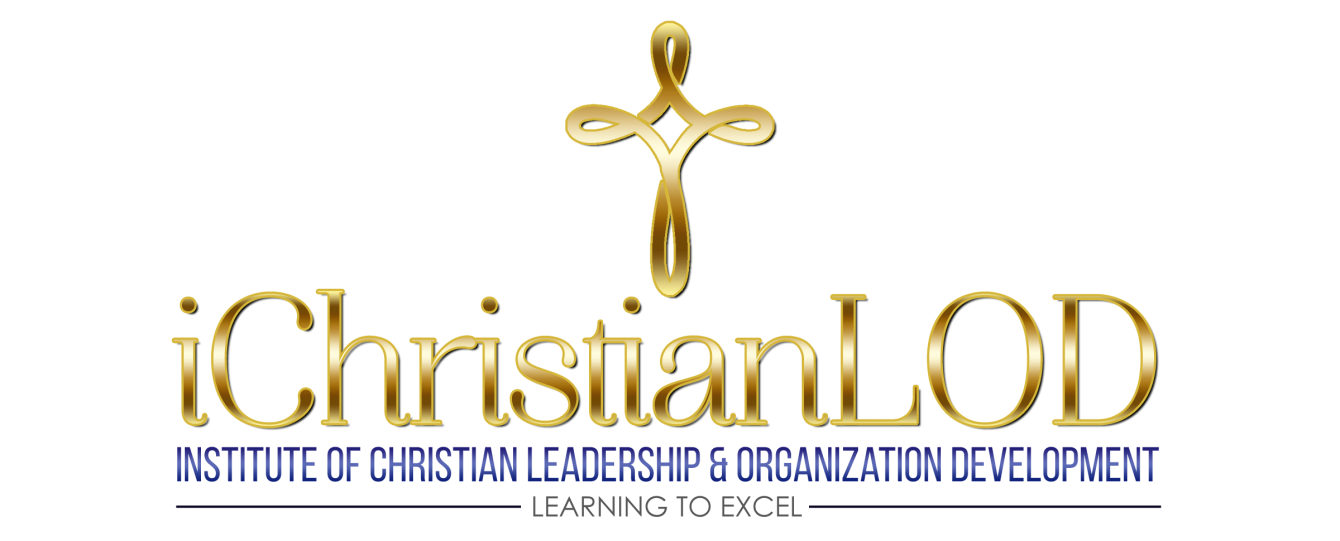Understanding the Relationship Between Human Resource Management (HRM) and Human Resource Development (HRD)
Understanding the Relationship Between
Human Resource Management and Human Resource Development
Human resource management (HRM) is the umbrella under which all other human resource activities are found. Some of the major activities under the umbrella are: benefits and compensation, health safety and security, human resource planning, staffing, equal employment opportunity, and human resource development (HRD) (Werner, DeSimone, 2012). Byars and Rue (2011) define HRM as, “Activities designed to provide for and coordinate the human resources of an organization” (Byars, Rue, 2011, p.3).
The Goals of HRM
The ultimate goal of HRM is to ensure that all human resource elements are being provided and are functioning effectively. Whether the management function is accomplished in a centralized department, or decentralized throughout the organization, it is a responsibility that is shared by human resource specialists and line managers (Werner, DeSimone, 2012). It is strategic in nature in that its policies and practices must be strategically aligned with the strategic goals and objectives of the organization. Inasmuch as the management of human capital impacts employee performance and organizational effectiveness, HRM is directly related to the profitability of the organization. What this means is that human resource managers must be well-rounded business-minded people who understand the complexities of the business world. They must be active participants in the overall strategic planning of their organization, and have the interpersonal skills to develop healthy and cooperative working relationships with line managers (Byars, Rue, 2012).
Similarities Between HRM and HRD
Human resource development (HRD) is similar to HRM in that it too is directly related to employee performance and, therefore, organization profitability. Werner and DeSimone describe the activities of HRD as activities that are intended to ensure that employees have the skills and competencies the organization needs to fulfill its goals and objectives in the present and the future. Like HRM, the HRD function is a strategic function that requires specialists to be knowledgeable of the strategic plans of the organization, having the ability to work in concert with line managers, while functioning throughout an organization in a stand-alone capacity, or as a major function in a human resources department (Werner, DeSimone, 2012).
Differences between HRM and HRD
While the overall roles of the HRD specialist are complex and strategic like that of human resource managers, many of their functions are more specialized and narrow. According to Werner and DeSimone, the HRD professional works with strategic decision-makers to coordinate educational planning and training programs; they work with HR management in the design, development, and implementation of HR programs and intervention strategies. They design and implement change strategies, and advise management on the efficient use of human resources. As a learner program specialist, they identify, design, and develop learning programs, as well as selecting the appropriate learning materials. They also function as learning instructors. They counsel employees regarding competencies and career goals, and coach line managers on interventions to improve individual and group performance. Research is the tool they use to statistically determine the effectiveness of HRD practices and programs (Werner, DeSimone, 2012).
The HRD Four-Step Process
The complexity of the HRD role necessitates a systems approach to training and interventions. Werner and DeSimone describe a four-point process framework they call “A DImE,” that they believe should be followed when planning all HRD interventions. The “A DImE” sequential process is: needs assessment, design, implementation, and evaluation. The framework proposes that all HRD interventions be developed to address a specific need or gap within an organization. The design phase of the intervention involves selecting the specific objective for the program, and developing a lesson plan based upon that specific objective. The implementation phase means executing the intervention using the best and most appropriate method. The final phase in the HRD process is evaluation, where the agent measures the effectiveness of the intervention (Werner, DeSimone, 2012).
Present and future Challenges for the HRD Profession
The expanded role of the HRD professional has developed and expanded as a result of the new competitive landscape created by the global market and economy. Organizational success today requires doing more with less resources, which necessitates maximizing the effectiveness of human capital by developing employee skills, using technology effectively, creating new organizational structures that facilitate decision-making at all levels of the organization, and developing a learning culture that encourages learning and innovative thinking (Werner, DeSimone, 2012).
Harris and Short describe a major challenge they call a “maze of complexity and changing contexts” in organizations today. They state, “The value of workplace education and training has become a mantra for business survival” (Harris, Short, 2010, 358-359). Unfortunately, according to Harris and Short, many HRD programs are considered a lesser important function of HRM, indicating a lack of understanding, most particularly, on the part of upper and middle managers of the importance of true HRD functions. This lack of understanding is portrayed as the greatest challenge to the HRD professional because without commitment from the top, success of HRD programs is unlikely (Short, Harris, 2010) (Rawles, 2013).
Conclusion
HRM and HRD are similar and different. HRD is a major part of the HRM function that focuses on strategic training and development for the purpose of impacting profitability by increasing productivity and performance. Effective HRD interventions can be accomplished using a four-phase framework consisting of a needs assessment, program design, implementation, and evaluation.
References
Byars, L.L., Rue, L.W. (2011). Human resources management tenth edition. McGraw-Hill. New
York, NY.
Rawles, D.H. (2013, September 5). [Telephonic interview]. Job Search expert, Career Solutions;
FOX News Contributor, and HR executive.
Short, T., & Harris, R. (2010). Challenges in Aligning Workplace Learning with Business Goals:
A Perspective from HRD Professionals in New Zealand. Australian Journal Of Adult
Learning, 50(2), 358-386.
Werner, J.M., DeSimone, R.L. (2012). Human resource development 6 edition. South-Western
CENGAGE Learning. United States.

